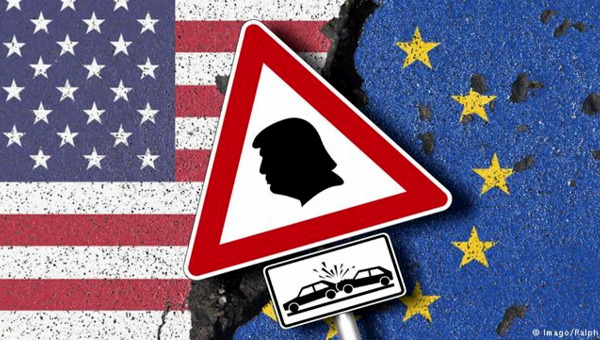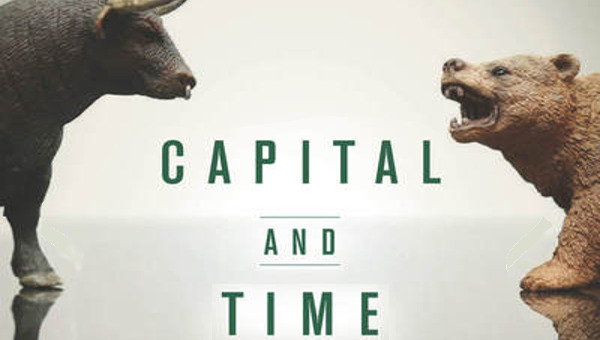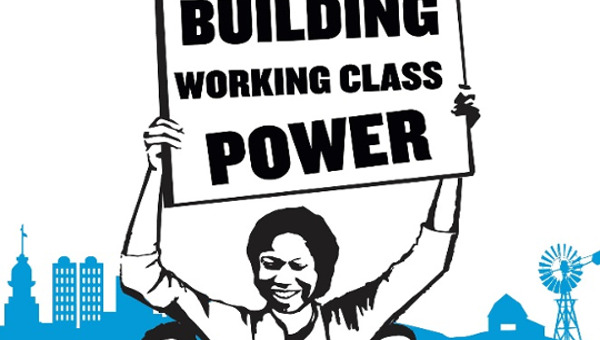Wall Street Panic, Main Street Pain and Policy Choices
Government Responses to the Financial Crisis: Meltdown and Bailouts
Falling house-prices triggered a financial crisis in the summer of 2007. Increasing numbers of people who had borrowed against their property, whose value they expected to rise continually, had trouble to pay their mortgages and other bills. Particularly hard hit were people whose mortgages had flexible interest rates that were now rising. Hard hit were also the banks that had given out loans with levity and repackaged such credits as investment products that could be bought and sold on financial markets. By doing so, a link between the housing market and financial markets was forged. Through this link plunging house prices could translate into a financial crisis. When this wiped out the U.S. investment-banking sector through a series of bankruptcies, takeovers and shifts from investment to commercial banks, stock markets plummeted. To avoid financial meltdown, which could deprive all economic circuits of its lubricant – money, the U.S. government and central bank presented a $700-billion bailout plan. This money would be used to buy up bad loans and worthless assets to restore market values and investor confidence. This plan triggered a wave of anger among the American people who, rightfully, thought that they shouldn’t pay the bills for a handful of big shots.
Domestic Consequences of the Crisis:
Main Street Fallout
Ordinary Joes and Janes felt not just treated unfairly by the government’s bailout plan but also worried about the consequences of the crisis. The more tax dollars are used to bail out Wall Street, the less will be available for Main Street’s already decaying infrastructure and underfunded public services. The combined housing and financial crises cause ever more home foreclosures and dwindling pension plans. In turn, they lead to lower consumer demand. At the same time, businesses of all kinds are facing a drying up of credit, on which they run their daily operations. A recession is on its way. Unemployment rates are already on the rise.
International Consequences of the Crisis:
Cross-border Contagion
For years the business community, led by Wall Street bankers and echoed by compliant politicians, was praising economic globalization and the decreasing role of national borders. Since Wall Street is in serious trouble, business and government leaders outside the U.S. have changed their tune. From Ottawa and Toronto to London, Paris and Berlin they declare the crisis as an ‘American only’ problem. However, most rich countries have seen their own bank failures and bailout packages already. Nose-diving stock markets and slowing down growth rates can be found all around the world. This is no surprise. Since the U.S. is the world’s financial centre and its largest importer, a U.S. crisis automatically translates into an international crisis. For this reason it’s not just Main Street folks in the U.S. who have to worry about their homes, jobs and pensions but their companions in other countries too. Over the last three decades many crises hit hard in shantytowns in poor countries, while they only had a mild effect on rich countries’ Main Streets. The crisis this time started on Wall Street; is now spreading to Main Streets and will eventually reach Shantytown.
Understanding the Crisis:
Power and Profit Cause Greed and Lack of Government Control
The same folks who praised courage, entrepreneurial spirits and sharp minds of financial investors yesterday are complaining about greed and insufficient government control today. No doubt, financial investors are greedy and politics did everything it could over the last two or three decades to encourage even risk-averse wealth-owners to throw their money into the ‘magical market wealth-making machine.’ However, it is not just cheap to dismiss yesterday’s heroes but also misses the point. Ever since welfare states were considered cumbersome brakes on profit, business communities and conservative parties have launched an attack on working people that first took labour leaders and social democratic politicians by surprise and later would either marginalize them or integrate them into the new ‘greed is good’ politics. As a result of this successful offensive, the balance of power between workers and bosses shifted massively towards the latter, along with the income distribution that shifted from wages to profits and from poor to rich people.
For many working families, however, offering them cheap credit and allowing them to use their houses and savings as chips in the financial market casino softened the full effect of these shifts. Though, compared to big money, they never got much of it, they could consider themselves at least as part of the game. A minor position on the roulette table of the haves could be considered more comfortable than that of have-nots who struggle with casual jobs, minimum wages and can’t even get a credit card. To be sure, it wasn’t that comfortable even when the game was on. Under the pressure of small and large shareholders, company managers sped up work, put a cap on union wages and transferred ever more work non-union workers within and outside of rich countries. Thus, every now and then, individual players who had lost decently paid jobs and benefits had to leave the roulette table. They had their chance and lost. Now, as the ball stopped rolling, huge numbers of minor players feel the threat to be downgraded to have-not status, losing their jobs, houses and pension plans.
The reason that the ball stopped rolling in the first place is that shareholders could never find enough profitable investment projects for the rising tide of profit that swelled their coffers. Hiring too many workers increased the risk of resurgent labour militancy of the sort that was considered a profit-squeeze under the reign of welfare capitalism. Escalating resource exploitation caused environmental devastation. Though investors are typically not concerned about doing harm to Mother Nature, they had to realize that resource prices went on an upward trend, implying lower profits for any industry whose business is not resource extraction. Only the fantasy world of finance seemingly offered an outlet for investment without the menace of rising wages and resource prices. Sure enough, financial investments generated profit claims for which workers had to work hard, long and for decreasing pay.
No matter how much work was accelerated and wages were cut, claims for profit always exceeded the surplus value that workers produced. The widening gap between such claims and profits that companies actually earned, though the latter were impressive enough, triggered speculative mania first and financial crisis later. This is the situation we are in right now. Since it is caused by too much power and profits on the side of those who at this point are able to use it to socialize losses at the expense of tax payers, home owners and workers, solutions for the crisis have to address the balance of power and the distribution of income between bosses and workers.
Looking for Solutions:
Redistributing Income, Wealth and Power
Built on the assumption that the current crisis was caused by investor greed that wasn’t sufficiently controlled politically, calls for government intervention had a comeback that nobody expected as long as Wall Street produced illusionary wealth on top of the profits it helped to get out of workers’ and into shareholders’ pockets. However, government intervention as such can’t fix the problems because governments have served business interests for decades. That’s a form of government intervention, too: the $700 billion bailout plan is just the latest case of that kind of intervention.
Any meaningful discussion about governments therefore has to ask about the kind of intervention one is looking for. If it is to prevent the negative consequences the crisis may have for Main Street and Shantytown, it has to limit the power and profits of Wall Street. To do so, though, Main Street and Shantytown dwellers have to get together, define their claims against Wall Street and articulate their common interests. No government will help them if they don’t push it. The question is, of course, in which direction to push.
If too much power of big money and corporations and too much profit of shareholders large and small are the root cause of the current crisis, it seems obvious to build countervailing powers and limit profits or even suspend production for profits. This can be accomplished by shifting economic activity from the private to the public sector, to which the ‘speculative euphoria-financial panic’ cycle does not apply. Moreover, public sector production could take the decision what and how is produced out of the hands of shareholders and top managers and puts them into the hands of democratically elected and controlled bodies. Admittedly, major political reform is required to turn undo a state apparatus that is used to serve moneyed interests and build institutions of democratic self-administration. Such profound changes take time. In the meantime, labour and other social movements ought to fight against any attempts to put the burden of the crisis onto workers’ shoulders. •





